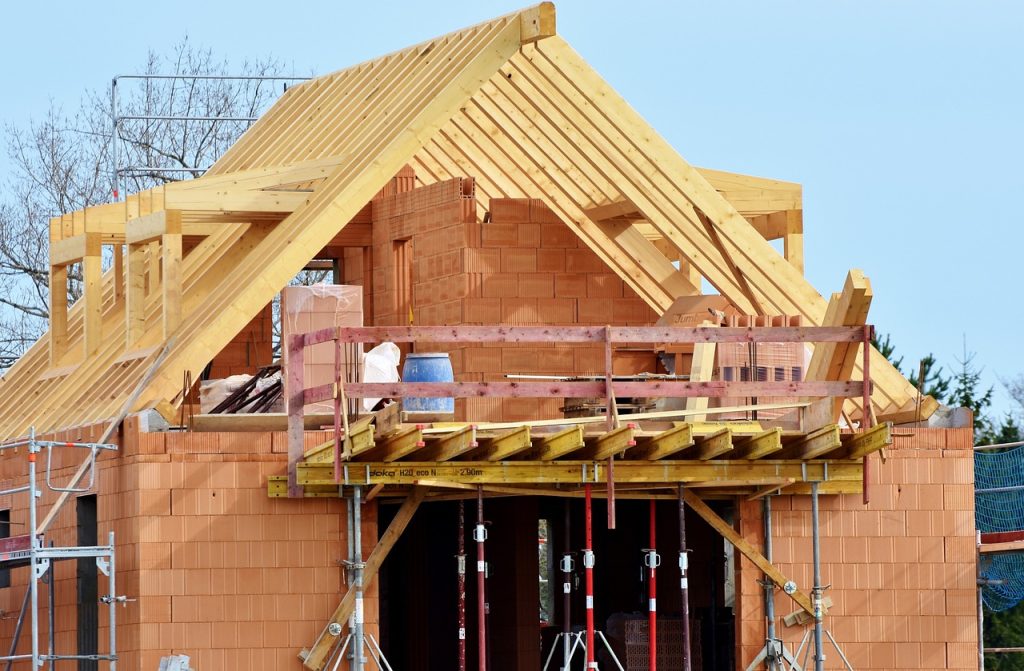Some interior walls, known as load-bearing walls, support the weight of the roof, upper floors, or other structures. They transfer loads to the foundation, which is crucial for the home’s stability.
Non-load-bearing walls or partition walls are primarily used to separate spaces. They offer privacy in bedrooms, bathrooms, and other private areas.
Interior walls can help insulate rooms and reduce noise transfer. Adding materials like acoustic panels or soundproof insulation can greatly improve comfort levels within a home.
From exposed brickwork to drywall, interior walls contribute to the visual appeal of a home. They are also essential for adding fixtures, electrical outlets, and even artwork.
Load-Bearing Walls: These walls support the weight of the structure above them, transferring loads down to the foundation. Load-bearing walls are critical and cannot be removed or altered without compromising structural integrity.
Partition Walls: Non-load-bearing walls, often called partition walls, are used to divide interior spaces without bearing any structural weight. They are flexible and can be constructed, removed, or modified without major repercussions to the home’s structural integrity.

Drywall (Gypsum Board): The most commonly used material, drywall is a cost-effective and versatile choice. It is easy to install and can be finished with paint, wallpaper, or other treatments. Drywall is fire-resistant and available in moisture-resistant varieties for bathrooms or kitchens.
Plaster: Although less common in modern homes, plaster walls are durable and soundproof, often used in older homes. They are generally more labor-intensive and costly to install compared to drywall.
Exposed brick interior walls are popular in industrial and rustic-style homes. Brick is highly durable, fire-resistant, and can add unique texture to a space. However, brick walls are heavy and require a sturdy foundation.
Concrete is a durable and robust option often used in high-rise buildings or for walls that need extra strength. While more common in exterior walls, concrete can be used for interior spaces as well, especially where fire resistance and durability are key.
Wood framing is often used in stud walls to create a framework for drywall. Wood panels are also sometimes used as wall surfaces for a warm, natural aesthetic. They are not as fire-resistant but can be treated for durability and pest resistance.
Glass walls are often used in modern homes to allow natural light to penetrate interior spaces. Options like frosted or tinted glass provide privacy while retaining the aesthetic benefit.
Exposed brick interior walls are popular in industrial and rustic-style homes. Brick is highly durable, fire-resistant, and can add unique texture to a space. However, brick walls are heavy and require a sturdy foundation.
Framing is the skeleton of the wall, and it usually consists of vertical studs made of wood or metal. Framing typically follows the following steps:
Laying Out the Wall Location: Before construction, wall positions are marked on the floor to ensure accuracy.
Installing Plates: Bottom and top plates (horizontal wooden or metal boards) are installed where the studs will be attached.
Adding Studs: Vertical studs are attached to the top and bottom plates, usually spaced 16 or 24 inches apart to provide structure and allow for drywall installation.
Cutting and Positioning Panels: Drywall sheets are measured and cut to fit, then secured to the stud framing.
Screwing or Nailing: Drywall panels are attached with drywall screws or nails, ensuring they are firmly fixed to the studs.
Taping and Mudding: Drywall tape is applied over the seams between panels, followed by a layer of joint compound (mud) to create a smooth, seamless surface.
Painting: A fresh coat of paint can dramatically change a room’s look and feel. Paint types range from matte to high gloss, each providing a unique aesthetic and level of durability.
Wallpaper: Wallpaper adds texture and patterns to walls. Modern wallpaper options are easier to apply and remove than traditional styles, offering versatility in design.
Texturing: Techniques like stippling, sponging, or using textured paint can create unique, tactile surfaces. Textured walls are popular for adding depth and visual interest.
